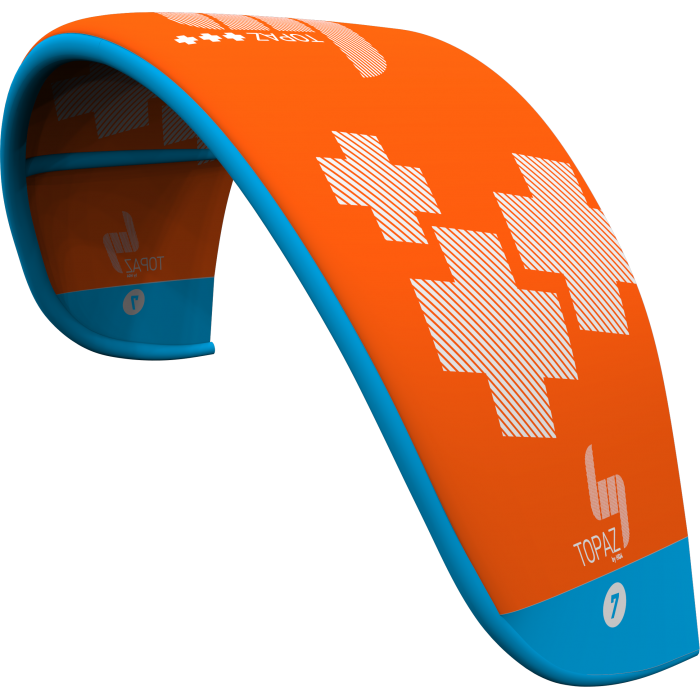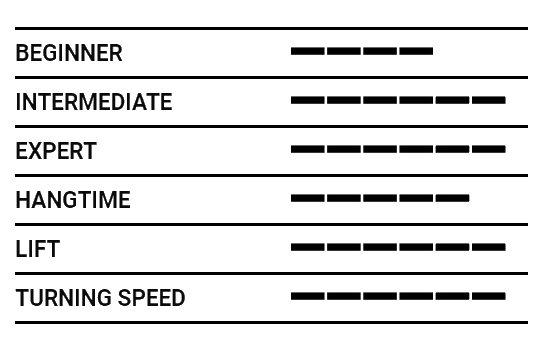- Out-of-Stock










TOPAZ
Are you looking for a classy freeride kite? You don’t only want freeriding, you also want freestyle? Then the Topaz is the optimal kite for you.
 Security policy
Security policy
(edit with the Customer Reassurance module)
 Delivery policy
Delivery policy
(edit with the Customer Reassurance module)
 Return policy
Return policy
(edit with the Customer Reassurance module)
Are you looking for a classy freeride kite? You don’t only want freeriding, you also want freestyle? Then the Topaz is the optimal kite for you.
The Topaz masters high loops and hooked moves in perfection without sacrificing a large wind range or comfort. Especially the small sizes show their full potential with active flying and convince by massive lift and high acceleration.
To give you these characteristics, HQ4 has deliberately chosen a C-like design with 3 struts in the Topaz, which is robustly built to survive your hardest moves without damage.
The effectively working profile forms the perfect symbiosis with the shape for a direct steering response and very good feedback. Robust reinforcements on the leading edge and the wingtips guarantee a long service life even under harsh operating conditions.
PERFORMANCE
The Topaz is a fun machine that can be flown from gentle to radical without overtaxing the pilot. The performance of the Topaz can be called up at any time and can be continuously increased by active flying. Due to its powerful profile, the Topaz performs very well for a kite of its class even in light wind conditions.
SHAPE
The 3-strut design of the Topaz is based on an Open-C concept. The Leading Edge, which is pulled slightly over the wingtips, helps to start the water and guarantees high depower performance as well as maximum driving comfort.
BRIDLE
For direct feedback and short steering distances, the Topaz scales were kept extremely short. This eliminates the possibility of the individual scale legs getting entangled around the wingtip, and ambitious riders always receive optimal feedback at the bar.
MATERIAL
The material mix of the Topaz is designed for the toughest loads. For the kite’s frame, extremely stiff Dacron was chosen to get an optimal feedback of the kite. Kevlar patches as reinforcements on the leading edge protect against chafing, Tejin’s cloth guarantees colourfastness and durability.
PROPERTIES:

Data sheet